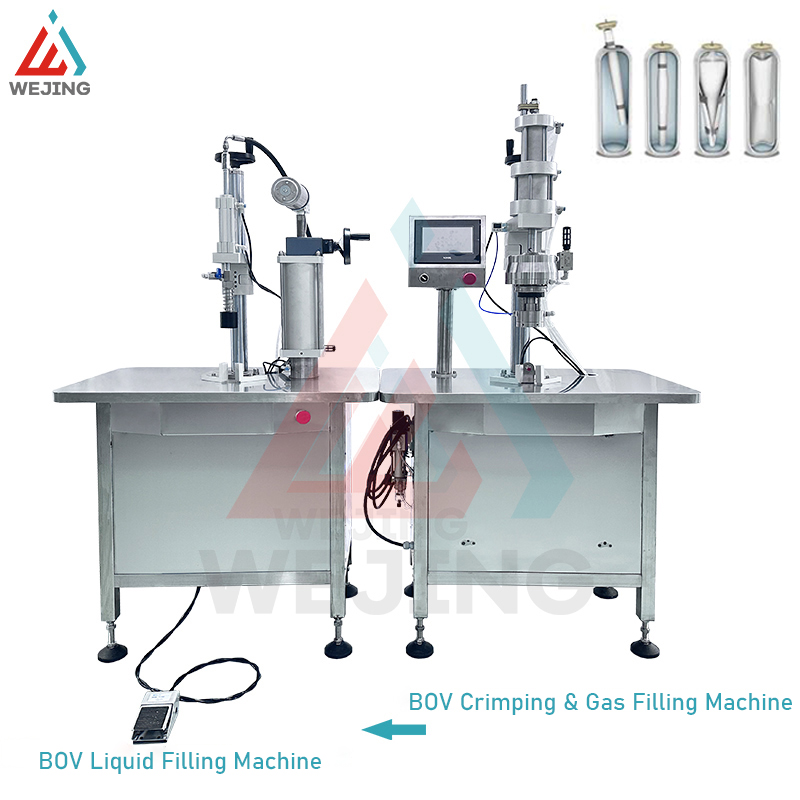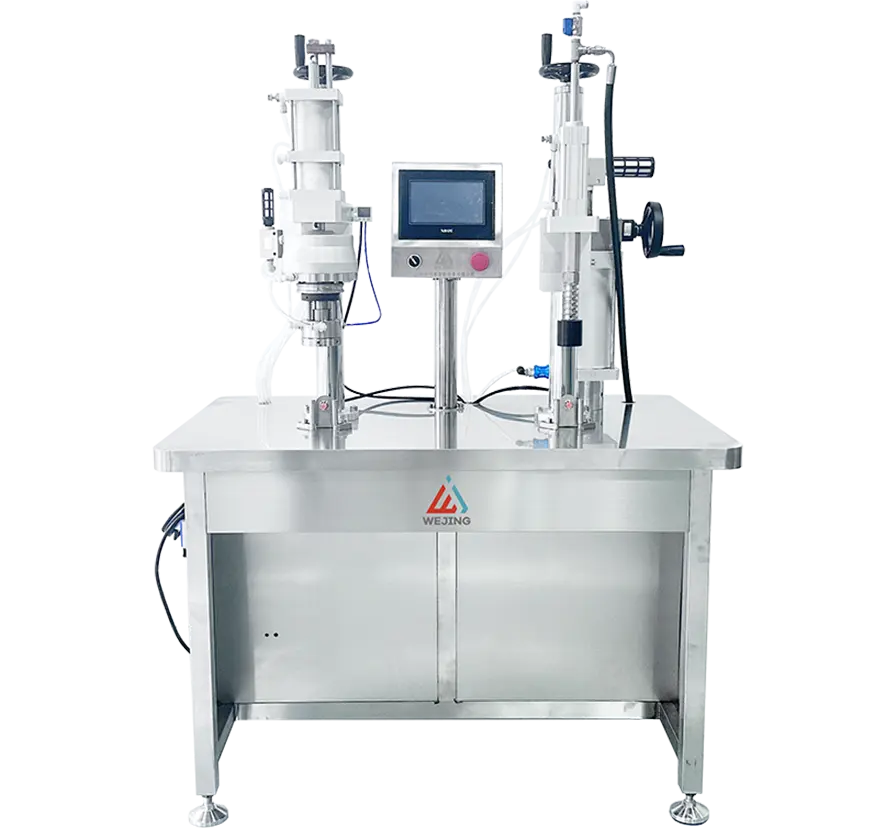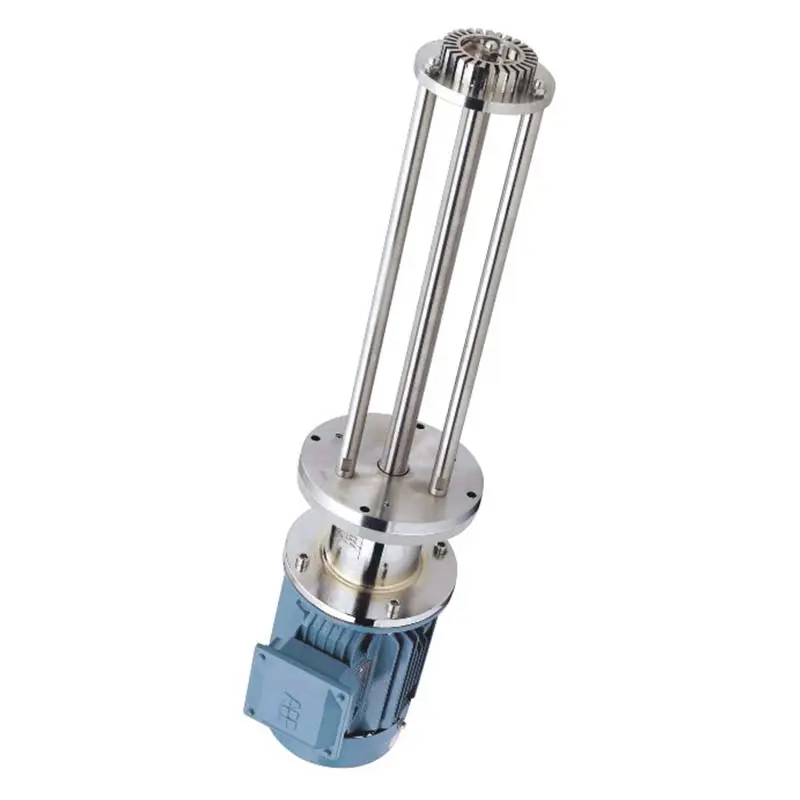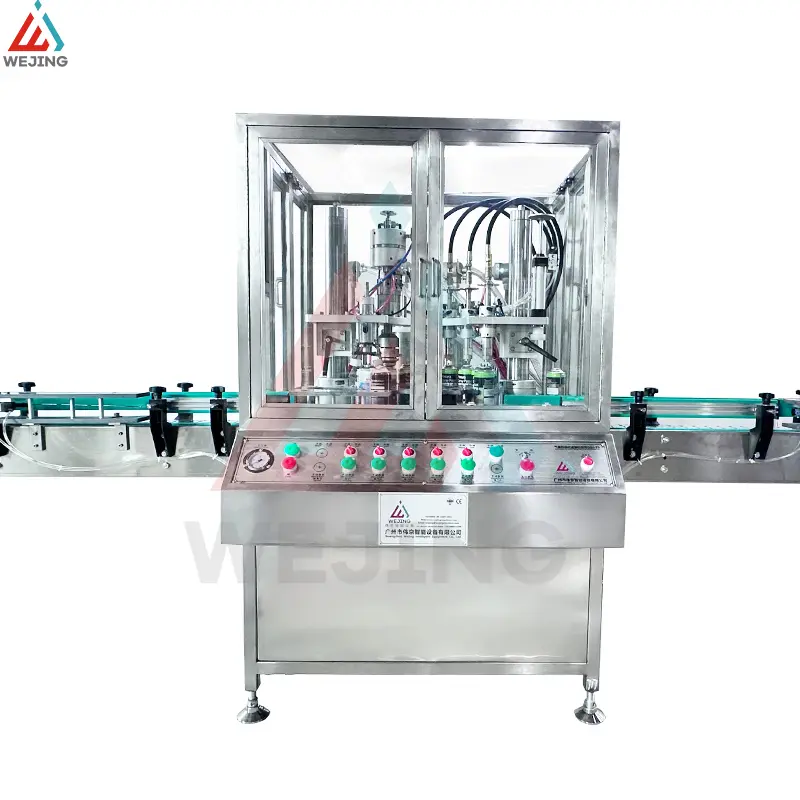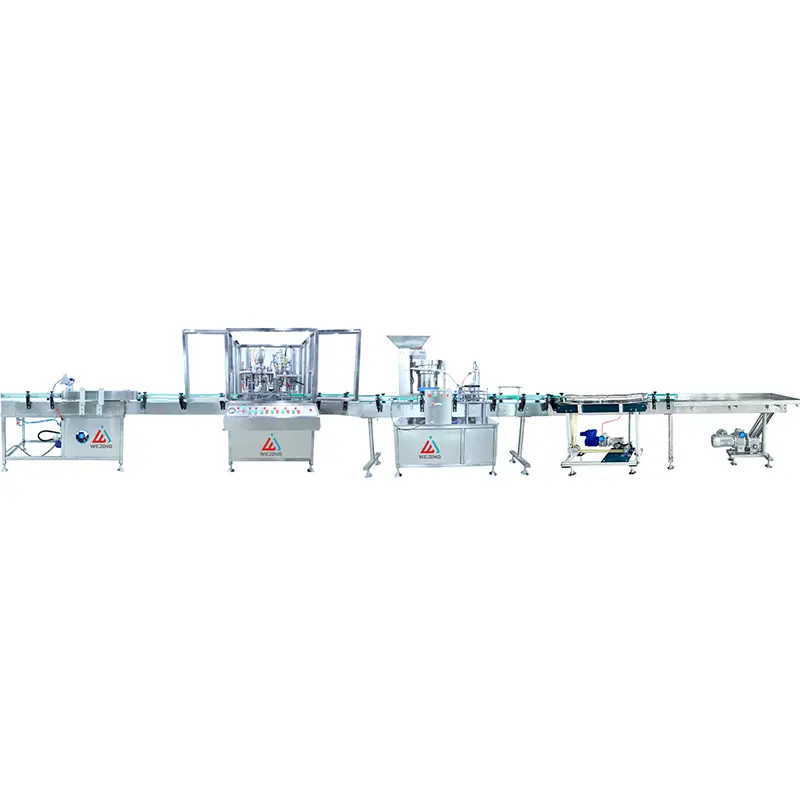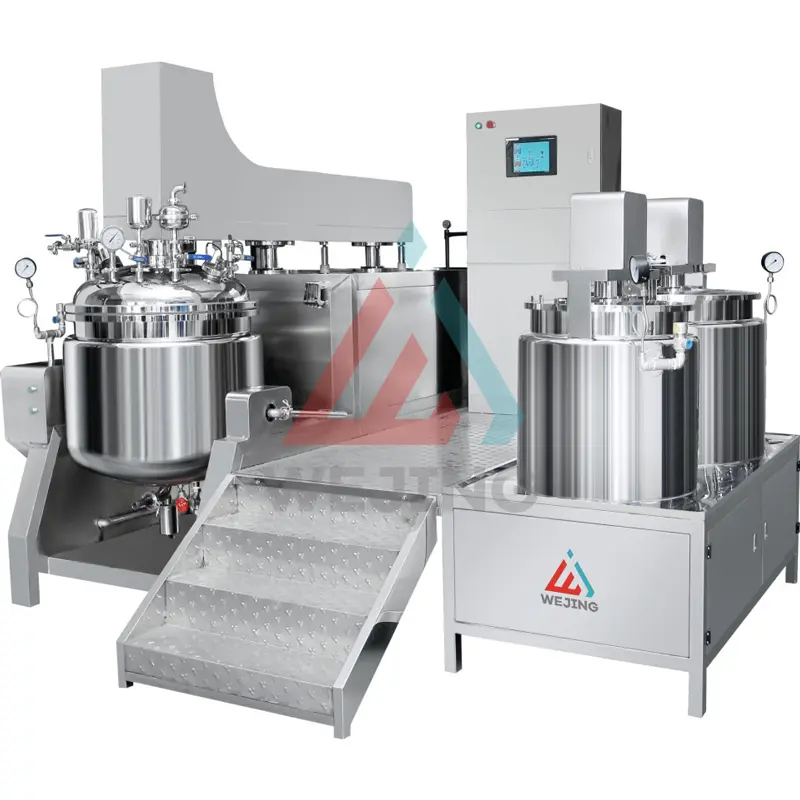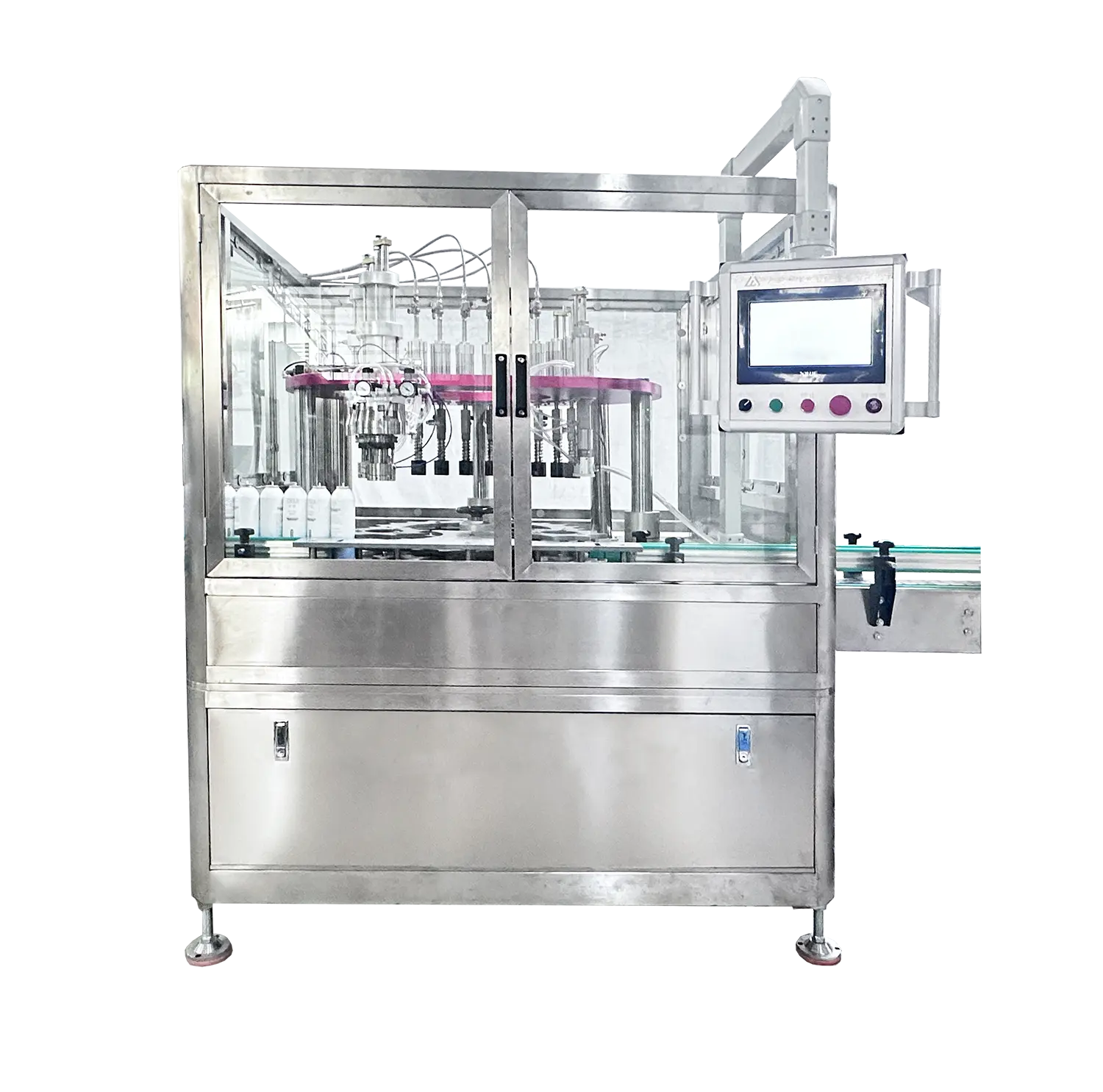0102030405
The Process of Aerosol Manufacturing: A Comprehensive Overview
2025-01-10
Introduction
Aerosol products have become an integral part of our daily lives. Their popularity stems from their practicality and durability. This article delves into the detailed steps of aerosol production.
I. The Widespread Use and Benefits of Aerosols
Aerosol packaging finds application in numerous industries, spanning from food and pharmaceuticals to cosmetics. Its prevalence is due to several notable advantages. Firstly, it enables nearly complete product utilization, which is both environmentally friendly and cost-effective for consumers. The packaging is user-friendly and its hermetic nature prolongs the product's shelf life. Additionally, the mechanical robustness of aerosol cans, typically made of steel or aluminum, allows them to withstand high pressures and resist damage, such as from drops. The lightweight characteristic of these cans also reduces storage and transportation costs for manufacturers and distributors. II. Step-by-Step Aerosol Production Process
II. Step-by-Step Aerosol Production Process
1. Packaging Fabrication
The production commences with the manufacturing of the aerosol container. Cans vary in design complexity and material. One-piece cans, formed by pressing a single sheet of metal, are highly durable with a pressure resistance of up to 45 bar. Two-piece cans involve joining the sidewall to the bottom and lid. Three-piece cans have the most intricate production process. It starts with decorating the metal sheet through varnishing and painting. The body is then created by rolling and welding the sheet's edge. The bottom and lid are separately produced by pressing cut metal pieces and finally assembled. Notably, can production occurs in specialized factories independent of the subsequent filling processes.
2. Inserting Mixing Balls
dIn the filling factory, the second stage involves placing the empty cans onto a feeding table and then transferring them to a pelletizing machine. This machine is crucial for products like paints or technical substances. Its function is to insert a specific number of balls into the can to facilitate product mixing before use. Solmatic's bead blasters, for instance, can insert 1 to 4 balls at a rate of 60 cycles per minute.
3. Filling, Valve Installation, and Crimping
The core step is filling the cans with the product followed by installing and crimping the valves. Filling and crimping machines are the linchpins of the production line. Liquid products are poured into the cans using a filling module that can operate in different systems such as rotary, indexing, or in-line. The filling speed depends on factors like container size, product volume, composition (alcohol-based products fill faster than oil-based ones), and physical-chemical properties (density, viscosity, foaming tendency). After filling, appropriate sorters select and insert valves into the cans, and clamping devices ensure a tight seal.
4. Gas Injection
Subsequently, the cans enter the gasification module. This stage is vital for safe gas filling. The automatic gas filling module, usually located in a specific area like the Gas House, is designed to operate in potentially explosive environments. Cans are filled with a predetermined amount of gas at designated workstations, with the help of interchangeable sets for different can diameters to ensure proper alignment.
5. Leak and Weight Checks
Testing the tightness of aerosols is a critical quality control measure, especially when dealing with flammable gases. Various machines like automatic test tanks, leak detectors, or laboratory test tanks (for small-scale production) can be employed. Simultaneously, the cans are weighed on an automatic scale to eliminate those with incorrect fill amounts of substance or gas. Only cans passing both tests proceed to the next stage.
6. Attaching Heads and Caps
The cans then move to jigs. These devices automate the process of placing heads, caps, or closures on the cans. This automation not only reduces the workload on employees but also enhances the consistency and efficiency of the process, leading to cost savings and increased productivity.
7. Packaging and Transportation
The final stage involves packaging the aerosol cans. In less automated plants, packing is mostly manual at the receiving table. In contrast, highly automated factories use semi-automatic or automatic packing systems. Once packed, the cans are ready for transportation, which is a separate and complex logistical process.
III. The Significance of Technological Lines in Aerosol Production
Efficient technological lines composed of reliable machines are fundamental to aerosol manufacturing. These precision-engineered devices enhance production efficiency and flexibility while minimizing the need for excessive labor. They enable manufacturers to cut costs, boost profits, and allocate human resources to more critical tasks in the production process. Companies like Solmatic focus on developing such advanced machinery to optimize the aerosol production processes for their clients.






